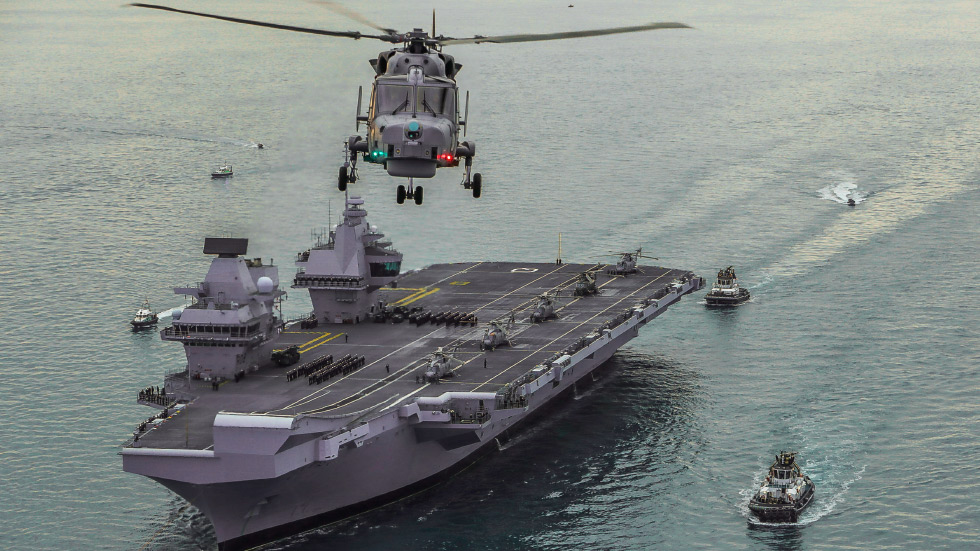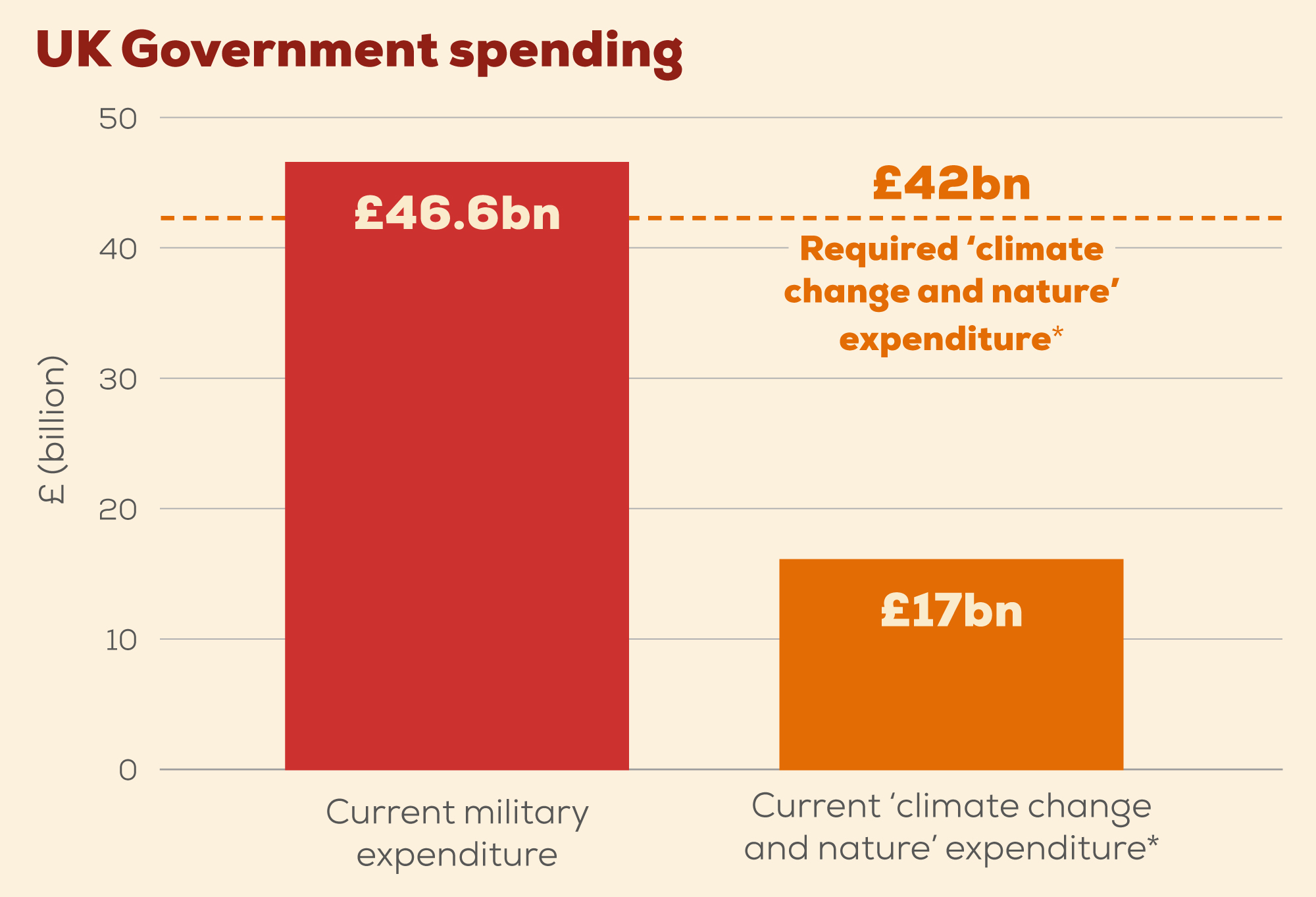The Stockholm International Peace Research Institute (SIPRI) released its annual figures for world military expenditure up to 2020 on Monday, the most reliable source for consistent, comparable international data on this topic available. The new data shows a 6th consecutive year of increase in world military spending, by 2.6% in real terms, reaching a total of $1,981 billion in 2020 – very nearly $2 trillion, and the figure is in any case a conservative estimate. That’s 20 times what rich countries promised to spend each year (but haven’t delivered) on international climate finance to help poor countries reduce carbon emissions and adapt to the climate crisis. It is just over 12 times the level of total Official Development Assistance (ODA) from OECD countries to the rest of the world in 2020.
The US remains the overwhelmingly largest spender, with an eye-watering $778 billion in 2020, an increase of 4.4% in real terms, and making up 39% of the world’s total, an increase in the degree of US dominance over previous years. US spending is now more than that of the next 11 countries combined. Second is China with an estimated $252 billion, followed by India, Russia, and the UK all far behind with $72.9b, $61.7b. And $59.2b respectively. All of the top 10 spenders increased military spending in real terms in 2020, except for Saudi Arabia where oil price falls caused by the Covid crisis may have restricted the country’s resources.
UK military spending rises
UK military spending reached £46.5 billion in 2020-21, representing a 2.9% increase from 2019 to 2020 in real terms. The revised SIPRI figures (see note below) include elements of spending reported to NATO, but not included in the MOD budget, and show that the MOD figures underestimate the true level of UK military spending by about £4 billion a year. According to the new SIPRI data, UK military spending peaked in 2009 at the height of the Afghanistan war, and before the impact of the financial crisis, then fell
by 17% in real terms up to 2017, before increasing by 9% up to 2020 (see graph). The government plans to increase military spending by about 10% in real terms between 2020-21 and 2024-25.
As CAAT and others have argued, this increased militarisation will do nothing to address the real security needs of people in the UK and worldwide. Jingoistic flag-waving exercises such as sailing an aircraft carrier strike group to the Pacific and back will at best achieve nothing and at worst inflame tensions with China, while the recently announced increase in the UK’s stockpile of nuclear warheads is a damaging step backwards in efforts for nuclear disarmament, which will only encourage further nuclear proliferation. The real threats to UK security are pandemics, for which Covid-19 proved the UK to be woefully ill-prepared, and the climate crisis. Even with increases announced in the recent Integrated Review, the UK will be spending at most £24 billion over the next four years to tackle climate change in the UK and worldwide, compared to £188 billion on the military (This is based on the underestimate reported in the MOD figures, so in reality the figure for military spending will be about £4 billion a year higher).
The UK’s focus on military power is, sadly, a reflection of a global trend towards increased militarisation, great power competition, and the reliance on military force to address political crises, as is evident in recent wars in Ethiopia and between Azerbaijan and Armenia, as well as the ongoing wars in Yemen, Syria, and elsewhere, fuelled by arms supplies from major producers. That the world continues to spend such vast sums on war in the midst of a global pandemic and a deepening climate catastrophe is a tragic folly.

Note: SIPRI’s new data for UK military expenditure
SIPRI have this year provided a new, revised set of figures for UK military spending. In recent years, there has been a growing discrepancy between figures reported for the MOD budget – previously the basis of SIPRI figures – and those reported by the UK to NATO for the alliance’s annual report on members’ spending. The NATO figures include a number of additional items of spending outside the MOD budget, such as additional Treasury contributions to armed forces pensions, military spending through the cross-government Conflict Security and Stability Fund, and spending from the MOD’s self-generated income. This has had the effect of pushing the UK spending figures above the NATO minimum target of 2% of GDP. While the recent NATO figures are probably a more accurate measure of the true level of UK military spending, it creates a misleading picture of the trend in spending, as what appears to be large increases are actually just the result of changing definitions. The new SIPRI series solves both these problems by assessing which additional items of spending should be added to the MOD figures, and doing so consistently over time.


